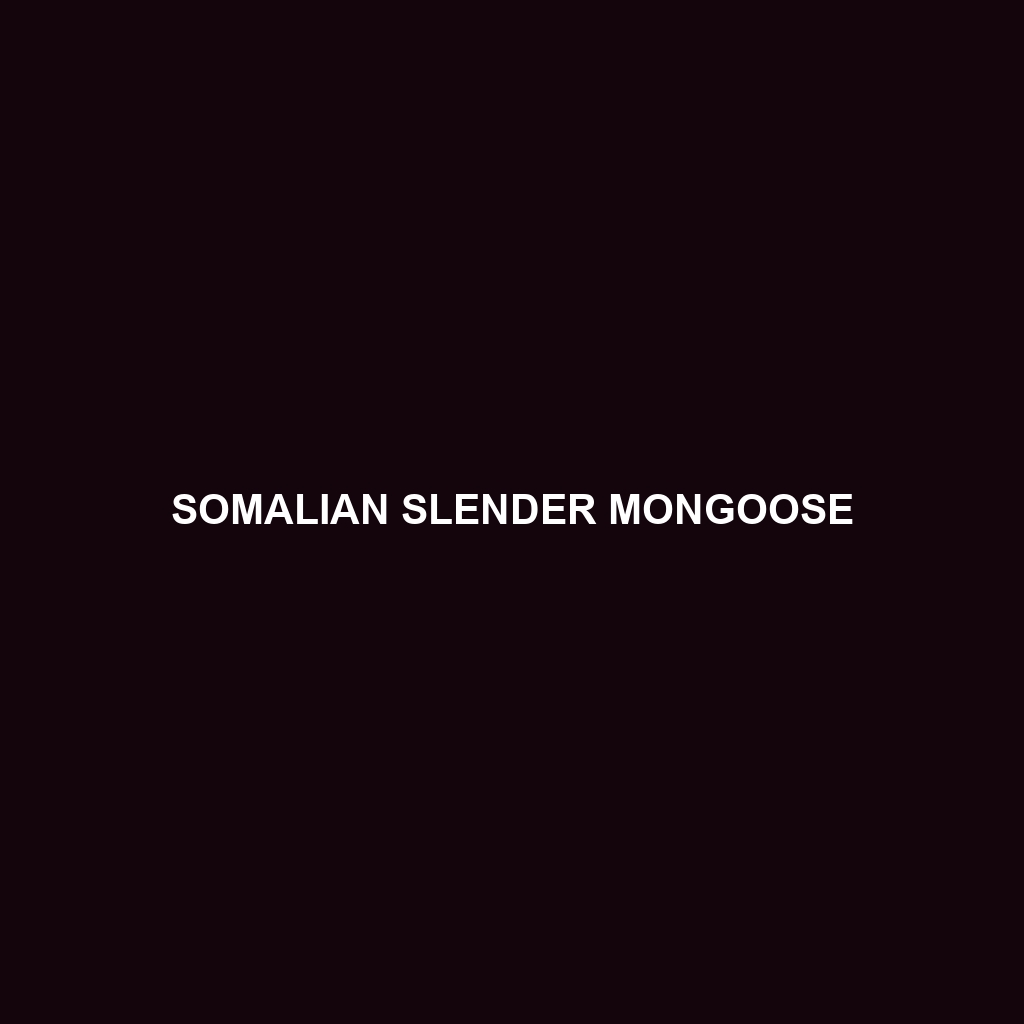Egyptian Mongoose (Scientific Name: Herpestes ichneumon)
Habitat: The Egyptian Mongoose primarily inhabits the northern regions of Africa, particularly in countries like Egypt, Libya, and Sudan. It is often found in diverse environments ranging from arid desert areas to wetlands and grasslands. They prefer habitats that provide ample cover for hunting and nesting, such as rocky terrains and dense underbrush.
Physical Characteristics: The Egyptian Mongoose is a medium-sized mammal that typically measures between 50-70 cm in length, including its tail. It has a slender body and short legs, with a bushy tail that aids in balance. The fur is usually grizzled brown or gray, featuring a lighter underbelly and dark-tipped ears. Its elongated snout and sharp, pointed teeth are distinctive, making it well-adapted for its predatory lifestyle.
Behavior: Egyptian Mongooses are known for their inquisitive and social behavior, often seen in small groups. They are diurnal, meaning they are active during the day. Their typical activities include foraging, playing, and grooming each other. The species displays a unique adaptation, such as the ability to kill venomous snakes, which makes them an interesting subject for study. They are also known for their vocalizations, which play a key role in social interactions.
Diet: The diet of the Egyptian Mongoose is diverse, primarily consisting of small mammals, birds, reptiles, and invertebrates. They are opportunistic feeders and are known to scavenge. Their remarkable agility allows them to hunt various prey effectively, contributing to their reputation as skilled predators in their ecosystem. This flexibility in diet helps them to adapt to changing environmental conditions and food availability.
Reproduction: Breeding season for the Egyptian Mongoose typically occurs during spring. After a gestation period of approximately 60-65 days, females give birth to a litter of 2-4 pups. The young are born blind and are dependent on their mother until they are about eight weeks old. Notably, parental care is primarily provided by the mother, while males may play a role in protecting the territory during this time.
Conservation Status: The Egyptian Mongoose is currently classified as “Least Concern” according to the IUCN Red List. However, habitat loss due to urbanization and agricultural expansion poses potential threats. Additionally, localized populations may face risks from hunting and habitat degradation, making conservation efforts crucial to maintaining their populations.
Interesting Facts: One fascinating aspect of the Egyptian Mongoose is its historical significance; it was revered in ancient Egyptian culture and often associated with the goddess Bastet. These mongooses are also known for their unique ability to exhibit cooperative hunting techniques, which enhance their success in capturing prey.
Role in Ecosystem: The Egyptian Mongoose plays a vital role in its ecosystem as a predator and scavenger. By controlling the population of small mammals and reptiles, they help maintain ecological balance. Their presence also influences the behavior of other species within their habitat, showcasing their importance in the food web.
